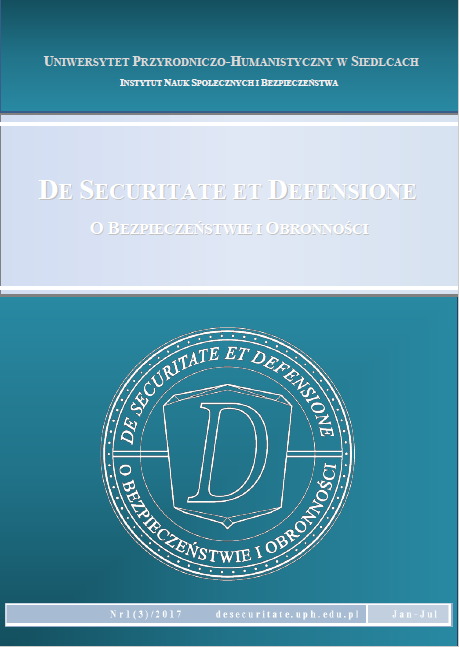Dzihadyzm a tworzenie quasi-państw. Funkcjonowanie "państw dżihadystycznych" w przestrzeni międzynarodowej - studium porównawcze
Keywords:
Al-Shabaab, Boko Haram, caliphate, emirate, , jihadism, Islamic State, TalibanAbstract
Although the Islamic State is now one of the main threats to international security, the jihadists’ attempts to create quasi-states, which can be called “jihad-states” are not a new phenomenon. Over the years, a number of Islamic emirates, Islamic states and caliphates have been created, including Islamic Emirate of Afghanistan, or Islamic Emirate of Somalia. The article aims to determine how the structure of “jihadi-states” are able to carry out the expansion, and what are the forecasts of their operational capabilities in the international environment. The article is based both on existing structures, and those that disintegrated,
created by Al-Shabaab, Boko Haram, Taliban and Islamic State. Contemporary international environment creates the right conditions for the proliferation of, not only the jihadism ideology, as evidenced by numerous terrorist attacks, but also for the construction of a quasistates. It seems that the structures formed by the jihadists are increasingly focused on the administration development in the occupied territories. However, there are a number of limitations that prevent the long-term functioning of “jihadi-states” because none of the previously created survived the test of time.




